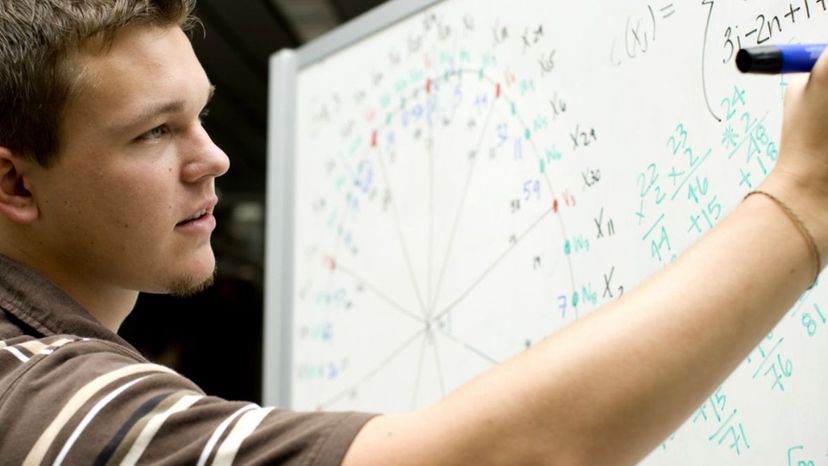
About This Quiz
TICK TOCK, TICK TOCK. Add the three, carry the two. TICK TOCK, TICK TOCK. Time's running out! When you think about math, are you jumping for joy or running for cover? While you won't have to worry about any calculus questions, only a genius could solve all these problems in eight minutes. Can you?
When you think about mathematics, there are a lot of basics to remember! There's the order of operations PEMDAS (parenthesis, exponents, multiplication, division, addition, subtraction). Even with this acronym, people are still forgetting to multiply before they add!
Moving past PEMDAS, you might be thinking of the properties of addition and multiplication. Can you remember that a negative plus a negative is always negative? What about when you multiply them?
Your math journey probably took you into Pythagoras and his triangles. A (squared) plus B (squared) equals C (squared) is a sentence that will always be ingrained in your mind. You might have gone through the process of turning mixed fractions into improper fractions all the time. And don't even get us started on those word problems!
While looking at one problem might seem simple, we're putting your math skills to the test. Only a genius could make it through all these questions in eight minutes - and get them right!Â
Are you a genius like Einstein or will this math quiz get the best of you?
Pencils out! The clock is ticking!
Advertisement
Advertisement
Advertisement
Advertisement
Advertisement
Advertisement
Advertisement
Advertisement
Advertisement
Advertisement
Advertisement